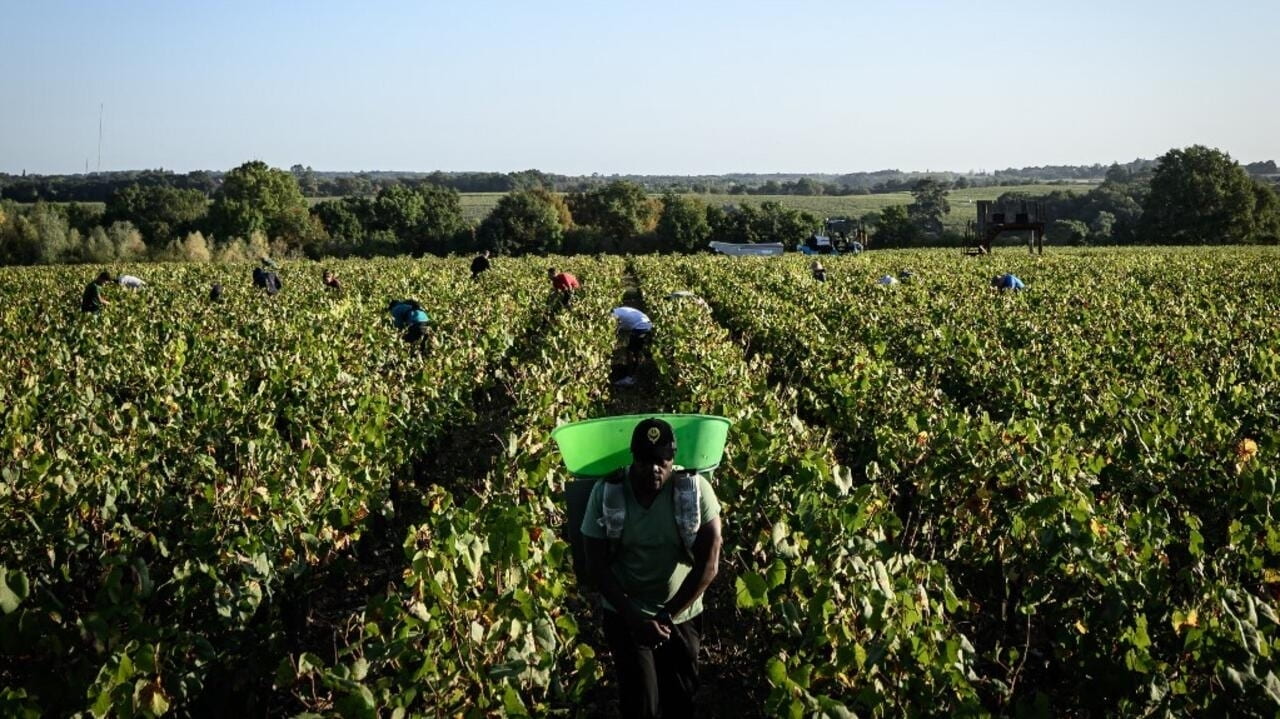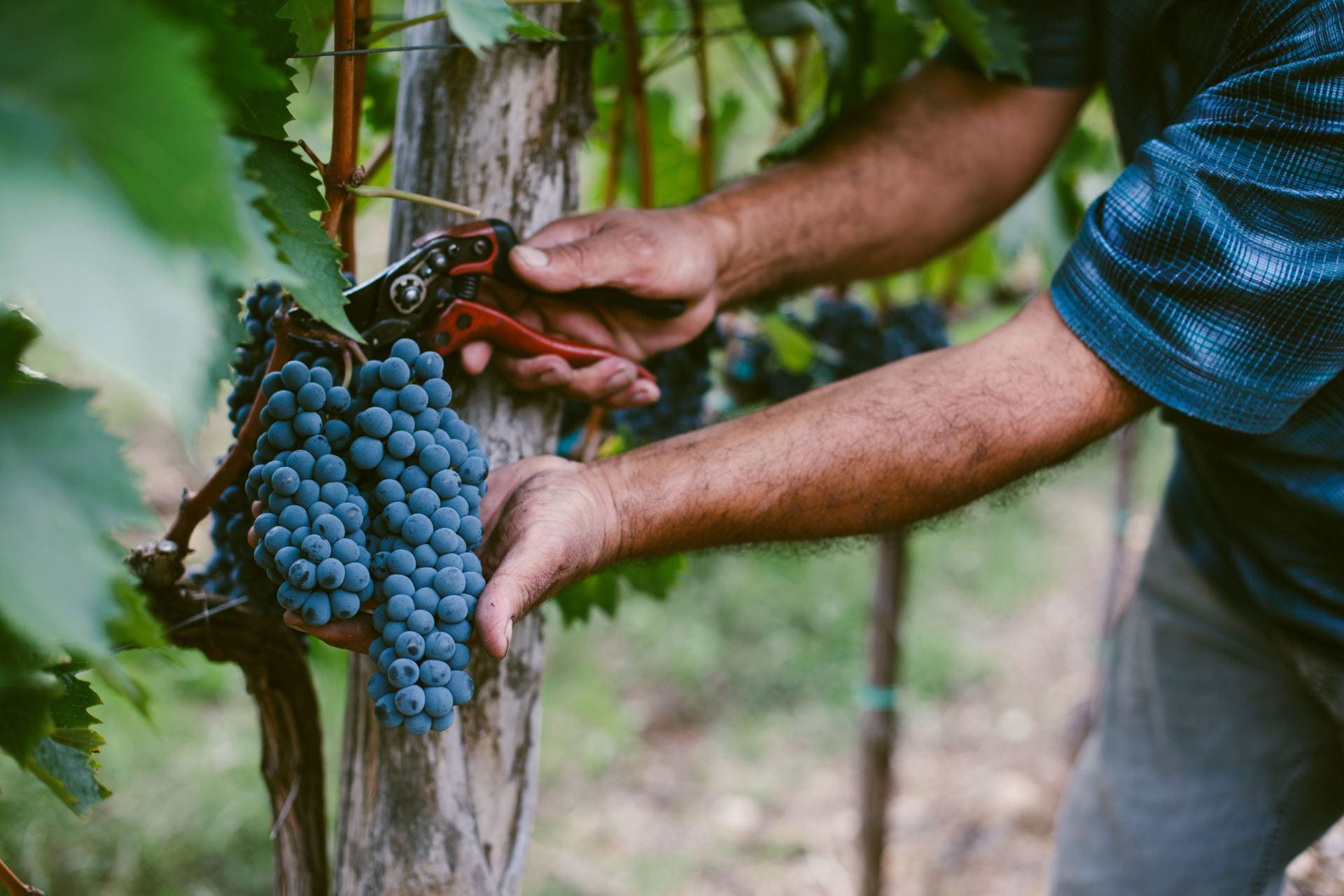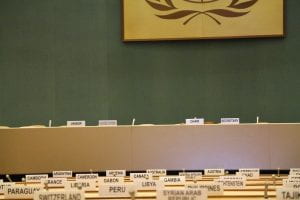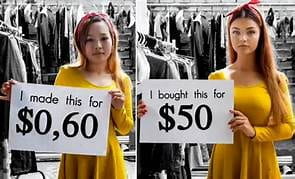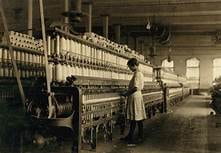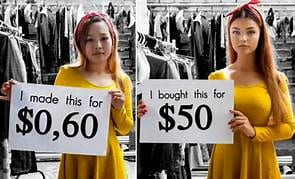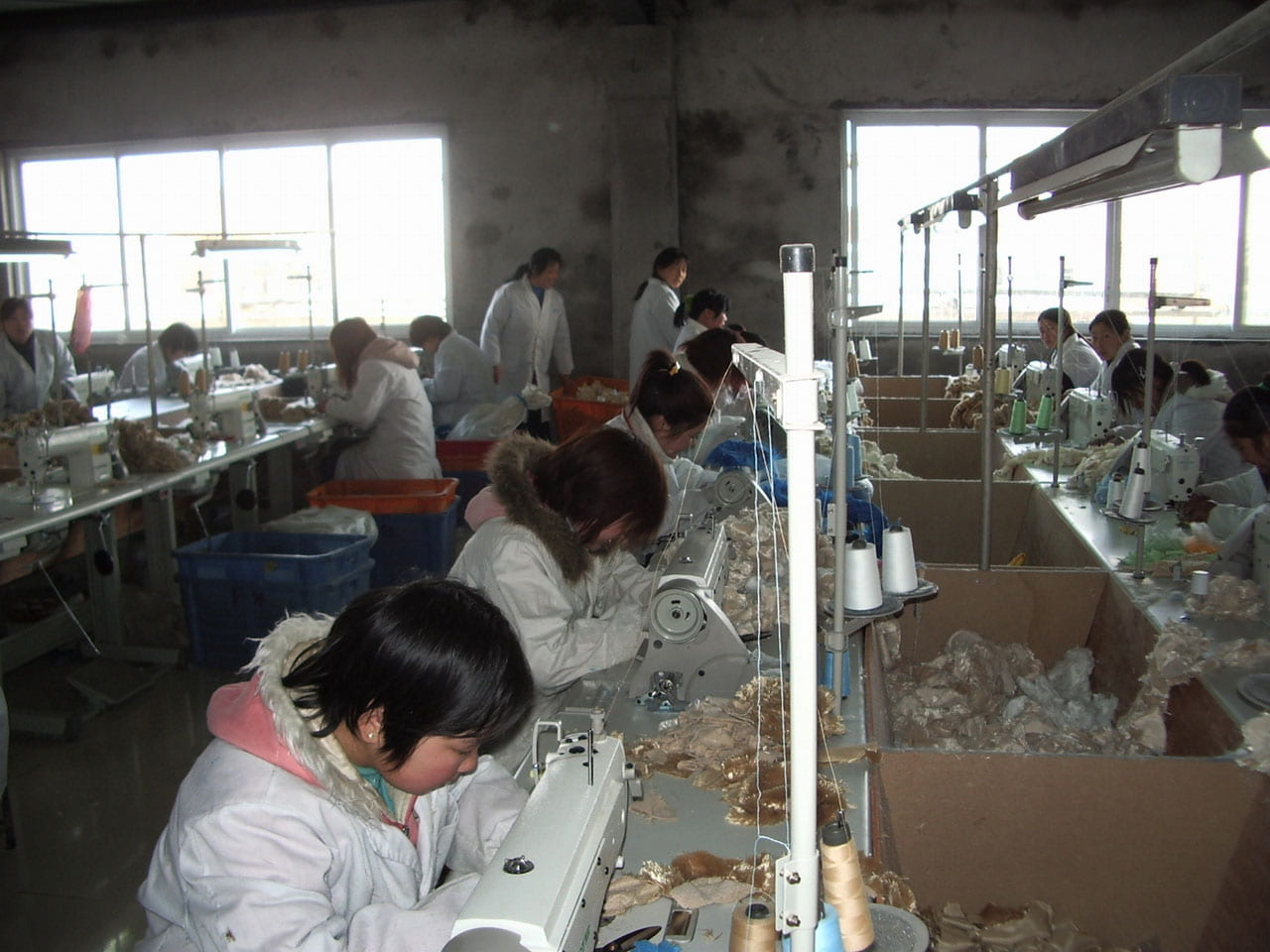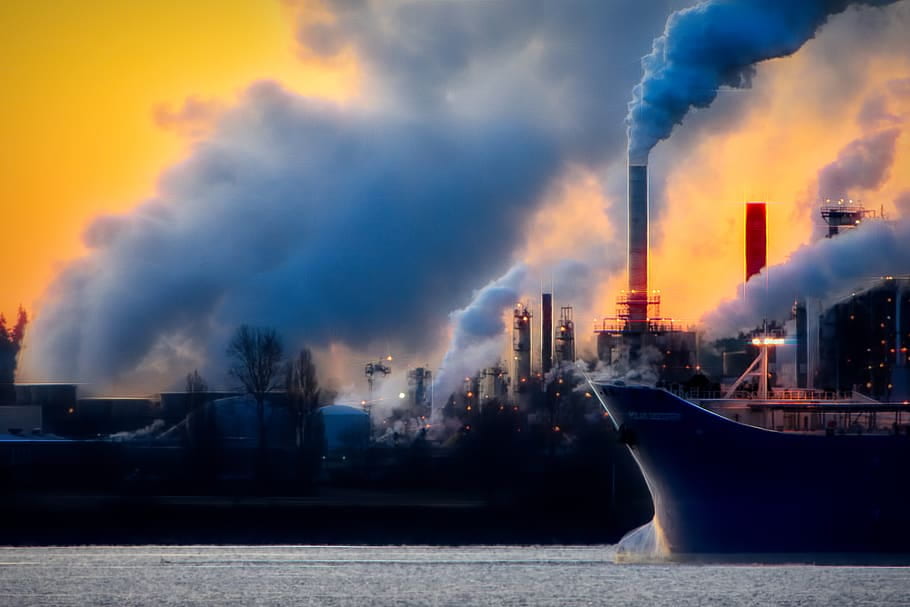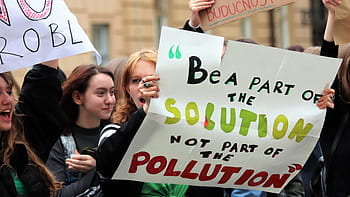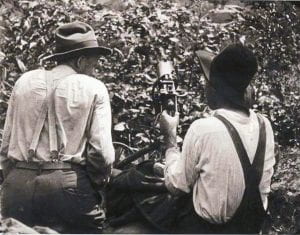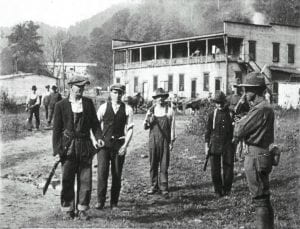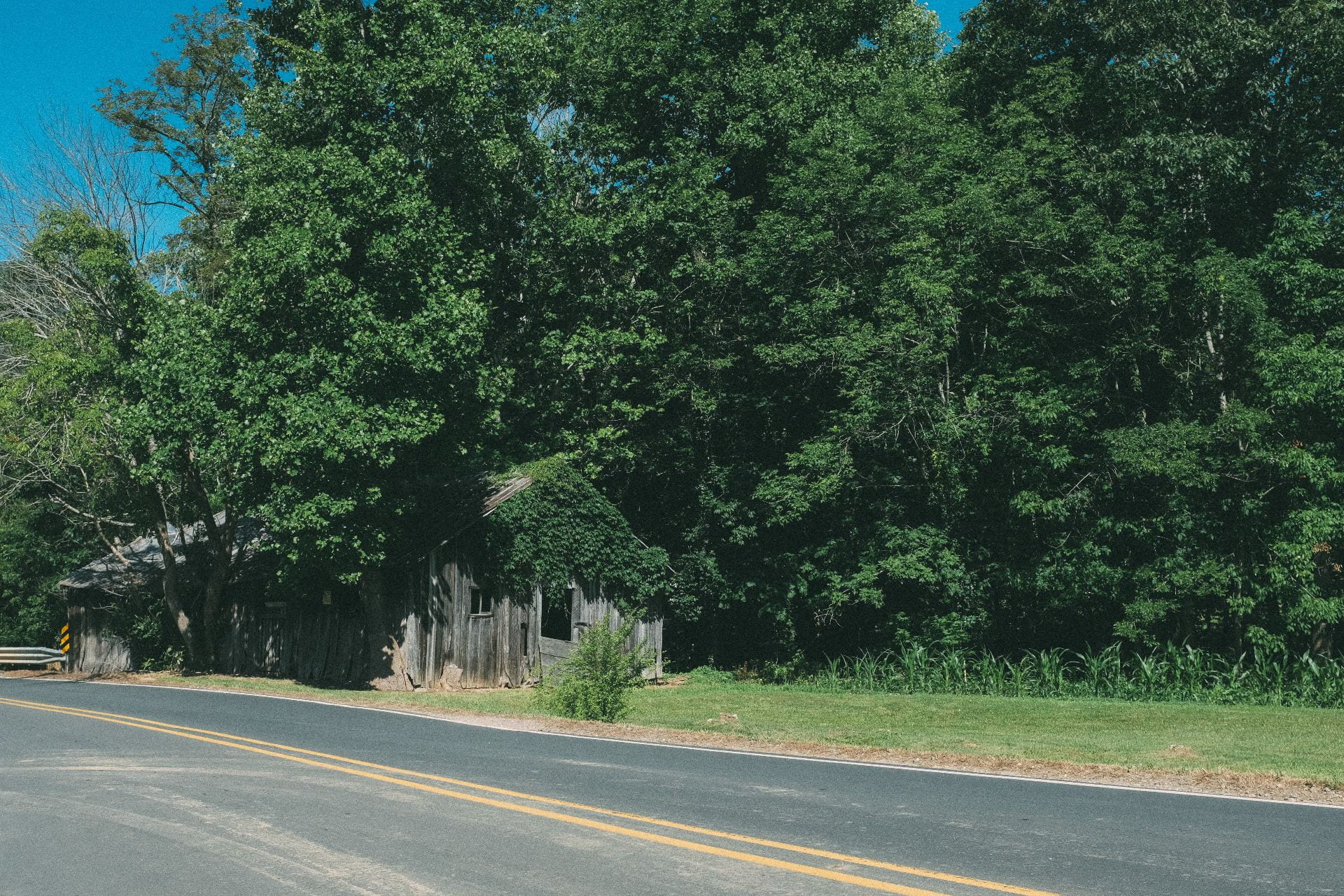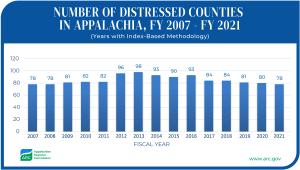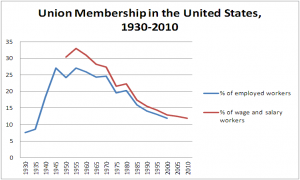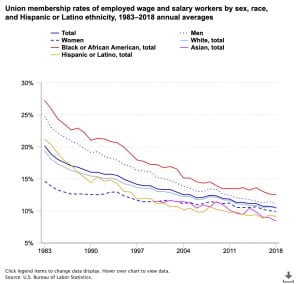
Japan is famous for its blend of traditional and modern customs, rich culture, and revolutionized technologies. The country has drawn in millions of foreign nationals for its high quality of life, safety, and efficient public transport—but perhaps especially for its employment opportunities.
About 3% of Japan’s workforce consists of foreign workers, having quadrupled in the past 15 years to 2.05 million. On the other hand, Japan’s population has been shrinking, with a steadily declining birth rate and rapid aging. There are many proposed causes for this crisis, including dwindling marriage rates, but it is worth noting the socioeconomic pressures that stem from high living costs, unfavorable job prospects, and a rigid corporate environment.
The labor shortage that Japan faces poses a major threat to its economy—and its historically unforgiving work culture likely plays a big role.
Work Culture in Japan
Work is a highly valued aspect of life in Japan, and with it comes the concept of company loyalty. This can be demonstrated by working many hours overtime; these hours are expected and sometimes even contracted. According to data by Japan’s health ministry, 10.1% of men and 4.2% of women worked over sixty hours a week in 2022.
Tim Craig, a researcher of Japanese culture, said that there is a certain social pressure associated with working overtime hours: “If they go home early, then their colleagues will (a) look askance at them, and (b) have to work more to cover for them. Either way, it’s not a good feeling.”
While Japan’s 2018 Workstyle Reform Act outlawed working more than 45 hours of overtime in a single month, it’s not uncommon for companies to force their employees to hide their true working hours or for employees to even do so of their own accord.
Additionally, only 7% of companies give their employees the legally mandated one day off per week. Japan has been trying to push a four-day work week since 2021, but it will take much more to entirely dismantle the deep-rooted idea that employees must give all of themselves to their company in order to thrive—Panasonic, one of the country’s leading companies, offered the option to 63,000 employees, and only 150 opted in.

Some companies employ shady business practices, operating what lawyers and academics call a “bait-and-switch” policy: employers will advertise a seemingly normal full-time position with reasonable working hours. The prospective employee is then offered a non-regular contract with longer hours and no overtime pay. If the employee refuses the job, companies might tell them that they will be given regular contracts after around six months. Younger applicants and women are particularly vulnerable due to a lack of experience or settling while trying to re-enter the workforce.
Another common issue is power harassment, which a reported third of the workforce has experienced. This is a common form of workplace harassment that has garnered attention across the past several decades and specifically involves someone in a higher position of power bullying a lower-ranking employee.
In 2020, the Power Harassment Prevention Act took effect, which outlines six types of power harassment, requires companies to take proper action against allegations of harassment, and ensures that workers aren’t dismissed for submitting complaints. However, Nikkei Asia reported in 2021 that complaints about workplace abuse had climbed to 88,000 cases a year, more than tripling in the past 15 years.
While these circumstances are not specific to Japan, they have certainly contributed to a phenomenon that was first identified there: karoshi, or death by overworking.
The History of Karoshi
Karoshi was first recognized in the 1970s and is a sociomedical term used to refer to fatalities or disabilities caused by cardiovascular attacks that are ultimately work-related. This includes strokes, cardiac arrest, and myocardial infarctions. The International Labour Organization’s case study into the phenomenon outlines the following typical case of karoshi: “Mr. A worked at a major snack food processing company for as long as 110 hours a week (not a month) and died from a heart attack at the age of 34. His death was approved as work-related by the Labour Standards Office.”
Related to karoshi is karojisatsu, which is suicide from overwork and stressful working conditions. This issue became prominent in the late 1980s—an economic recession during that decade forced employees who had managed to keep their jobs to work harder for longer hours to compensate.
Factors like repetitive tasks, interpersonal conflicts, inadequate rewards, employment insecurity, inability to meet company goals, forced resignation, and bullying create a psychological burden that has led countless workers to take their own lives. Japan’s white paper report revealed that in 2022, 2,968 people died by suicide linked to karoshi, an increase from 1,935 in 2021.
Hiroshi Kawahito, a workplace accident lawyer, told the Pulitzer Center in 2023 that he has worked on around 1,000 cases of karoshi during a 45-year-period, and despite repeated efforts by the Japanese government to combat suicide rates, he has not identified a significant change in the number of cases.

He did note two concerning shifts over the course of his career: that karoshi-related suicide has become more common than cardiovascular attack, and that about 20% of his cases are now women, as they have begun to enter the workforce and experience sexual harassment at an overwhelming rate compared to their male counterparts.
A recent case of Kawahito’s from September 2023 involves the suicide of a 25-year-old actress from the musical theater company Takarazuka Revue, who was overworked and bullied by senior members. She logged a total of 437 hours in the final month of her life, of which 277 were overtime.
According to Kawahito, the actress worked without any days off for a month and a half and barely slept more than a few hours a night. Two years earlier, she suffered burns when a senior member pressed a hair iron against her forehead and faced immense pressure from the company. Kawahito claimed that “excessive work and power harassment damaged her physical and mental health, leading to her suicide.”
Governmental Response
Suicide was considered a taboo topic in Japan for decades; families affected were left with no outlet to cope with their loss. However, in 2006, more than 100,000 signatures were collected to push for legislation on suicide prevention, which led to The Basic Act of Suicide Countermeasures that went into effect the same year.
This act takes a three-pronged approach: social systems, local cooperation, and personal support creating relevant laws like the Act on Mental Health and Welfare. It provides support via relevant agencies at local and community levels, including hotlines and consultation services.
In 2016, the Basic Act was amended to require all prefectures and municipalities to establish local suicide prevention plans based on regional data collected by the National Police Agency. The General Principles of the Basic Act are also updated every five years to reflect current trends in suicide data.
The Work Style Reform Act of 2018 aims to promote a healthier work environment, setting overtime limits and establishing paid annual leave, as well as offering free consulting services and subsidies from the labor ministry. This has motivated the push for the four-day workweek, part of the ministry’s “innovating how we work” campaign.
Change might happen slowly in a society where values surrounding dedication and sacrifice are so deeply ingrained in its working population, but it is happening; between 2006 and 2022, the suicide rate has fallen by more than 35%. Efforts by the government to deter karoshi and combat the falling birth rate are in full swing and hope for a better future in Japan is still on the horizon.
